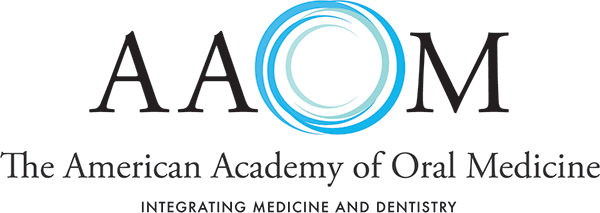OraRad Study Investigators Publish Several Important Findings

Rajesh V. Lalla, D.D.S., Ph.D.
Oral and Maxillofacial Diagnostics Sciences
School of Dental Medicine
UConn Health
A number of clinically relevant findings of the landmark OraRad study have been published recently. OraRad is a large multicenter prospective cohort study examining oral complications after radiation therapy (RT) for head and neck cancer. The study team enrolled 572 participants, who were examined prior to RT and then every six months until two years after RT. Some of the most notable findings include:
-
Despite comprehensive pre-RT dental management, 17.8% of study participants had a tooth loss within two years after RT (95% CI 14.3% to 21.3%). Risk factors for tooth loss within two years included fewer teeth at baseline, greater reduction in salivary flow, and non-compliance with oral hygiene measures. https://pubmed.ncbi.nlm.nih.gov/34879248/
- Radiation therapy for head and neck cancer led to a striking increase in gingival recession, in a dose-dependent manner. The mean distance from the cemento-enamel junction to the gingival margin decreased by an impressive 74% during the two-year study period. Greater gingival recession was associated with increased caries on the facial/buccal surfaces. These findings help explain the increased risk for cervical caries seen in this population.
https://pubmed.ncbi.nlm.nih.gov/35304084/
-
Exposed intraoral bone was diagnosed in 35 of the 572 participants (6.1%) in the two years after RT. Exposed bone occurred more often in the mandible (76% of episodes). The mean RT dose to the area of exposed bone was approximately 55 Gy. A diagnosis of osteoradionecrosis was confirmed in 18 participants (3.1%). Risk factors for exposed bone included pre-RT dental extractions, higher RT dose, and current tobacco use. https://pubmed.ncbi.nlm.nih.gov/34665873/
- Even with use of Intensity Modulated RT and modern planning techniques, stimulated whole salivary flow was greatly reduced at six months after RT, to 37% of pre-RT levels. This was followed by a partial recovery in salivary flow, to 59% of pre-RT levels at 18 months. Patient-reported changes in dry mouth, sticky saliva, swallowing, and mouth opening were significantly associated with measured changes in salivary flow.
https://pubmed.ncbi.nlm.nih.gov/35231809/
- There was a modest increase in dental caries within the first two years after RT. The mean score for Decayed, Missing and Filled Surfaces (DMFS) was 47.6 at baseline (pre-RT), which increased to 51.9 at the 24-month visit. The increase in DMFS score was significantly smaller for patients compliant with daily fluoride use and oral hygiene, patients with dental insurance, and those with greater than a high school education.
https://pubmed.ncbi.nlm.nih.gov/35403479/
The OraRad study is funded by the US National Institute for Dental and Craniofacial Research (Program Officer Dr. Dena Fischer), through a grant (U01 DE022939) awarded to the study Principal Investigators Dr. Michael Brennan (Atrium Health) and Dr. Rajesh Lalla (Univ. of Connecticut Health). The other clinical site PIs are Dr. Nathaniel Treister (Brigham and Women’s Hospital), Dr. Thomas Sollecito (Univ. of Pennsylvania), Dr. Brian Schmidt (New York Univ.), and Dr. Lauren Patton (Univ. of North Carolina at Chapel Hill). The study Data and Coordinating Center is located at the Univ. of Minnesota (PIs Dr. Erika Helgeson and Dr. James Hodges).
|

